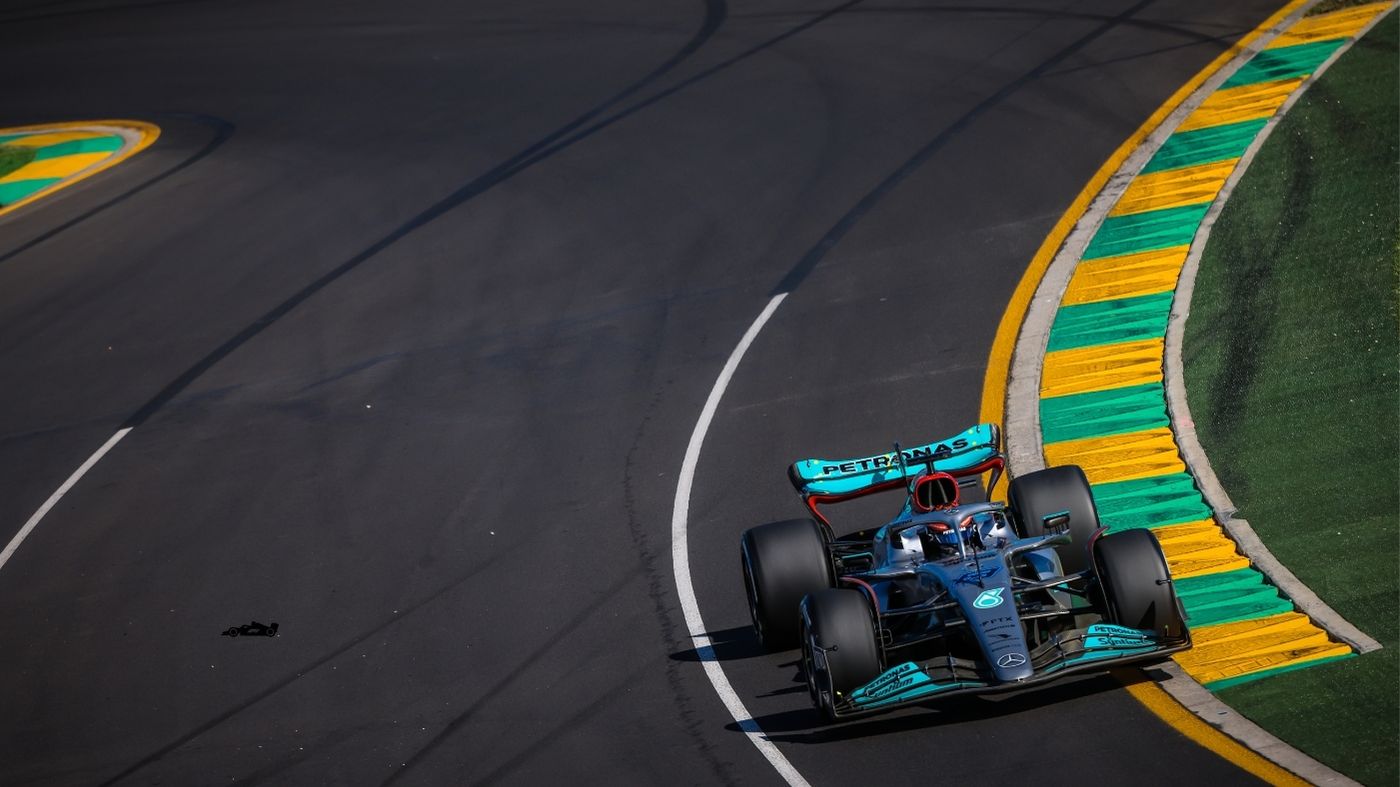F1 Load Cell Sensor System: What Powers Modern F1 Precision

Intro
Formula 1 isn’t just about speed — it’s about precision, consistency, and control. Behind every lap lies a hidden layer of engineering magic powered by sensors, especially load cells. These high-precision devices measure force across multiple components, allowing engineers to understand exactly how the car behaves under pressure. In this post, we’ll dive deep into the F1 load cell sensor system — from suspension to brakes to wind tunnel testing — and why it’s the backbone of performance data.
The Role of Load Cells in Formula 1
Load cells are strain gauge-based devices that convert mechanical force into electrical signals. In Formula 1, they’re used to measure forces in key areas of the car where performance margins are razor-thin:
- Vertical and lateral forces in suspension arms
- Driver brake pedal input force
- Torque and stress across the drivetrain
- Aerodynamic forces during wind tunnel testing
This real-time force data allows teams to optimise car setup, component reliability, and driver performance.
Load Cells in F1 Suspension Systems
Suspension tuning is one of the most critical factors in achieving consistent lap times. F1 teams integrate load cells into suspension wishbones and pushrods to measure:
- Vertical loads (bump and rebound)
- Lateral loads (cornering G-forces)
By collecting this data over multiple laps, engineers adjust spring rates, dampers, ride height, and anti-roll bars for optimal handling — all backed by sensor data, not guesswork.
Drivetrain Load Measurement
In the F1 drivetrain, load cells monitor the torque and forces on driveshafts and gear components. Key benefits include:
- Predictive fatigue modelling to avoid failures
- Weight distribution adjustments for balance
- Enhanced control over power delivery
This data feeds into ECU systems that control traction, differential mapping, and engine torque curves.
Brake System Load Cells
The F1 brake system is a hybrid of mechanical and electronic precision. Drivers apply up to 150 kg of force through the brake pedal — monitored by load cells that:
- Feed into the brake-by-wire (BBW) system
- Allow real-time brake bias adjustments
- Improve modulation feedback via telemetry
Unlike sim rigs that use load cells to simulate pressure, F1 integrates this data into vehicle control and analytics in real time.
6-Axis Load Cells in Wind Tunnel Testing
Wind tunnel testing remains a critical development stage in F1. Here, 6-component load cells measure:
- Lift and downforce
- Drag and lateral resistance
- Pitch, yaw, and roll moments
These sensors are placed under the scale model of the car, delivering minute force readings that help aerodynamicists refine wing angles, bargeboards, diffusers, and more.
Other F1 Applications of Load Cells
Besides primary systems, load cells are also used in:
- Gearshift paddles – to detect and validate shift inputs
- Wheel gun torque calibration during pit stops
- Wheelie bars in drag-focused vehicles (for F1-adjacent racing)
- Seat sensors to monitor driver input forces
Anywhere force and feedback matter, load cells are embedded.
Why Load Cells Are Critical for Performance & Safety
- They provide quantifiable performance data
- Allow predictive maintenance through fatigue monitoring
- Enhance driver development by correlating force inputs to lap time
- Improve real-time decision-making through telemetry
Modern F1 racing would be blind without load cells — they’re not optional, they’re essential.
FAQs
Q: What is a load cell in an F1 car?
A load cell is a sensor that measures mechanical force applied to components like suspension, brakes, and drivetrain. It converts this force into data that engineers use to optimise performance.
Q: How are load cells used in wind tunnel testing?
6-component load cells measure the aerodynamic forces (lift, drag, yaw, etc.) on scale models to fine-tune car aerodynamics.
Q: Are these load cells similar to sim racing pedals?
Yes and no. Both use strain gauge principles, but F1 sensors are built for extreme precision, heat, and vibration. Sim pedals only replicate the feel, not the data integration.
Conclusion
F1 load cell systems are the unsung heroes behind every tenths-of-a-second gain. They don’t just help measure performance — they help build it. For sim racers or engineers looking to replicate that precision, understanding load cell systems is the first step.
👉 Want to build or integrate your own sensor-driven system? Check out our industrial load cells and force measurement solutions or contact us today.
